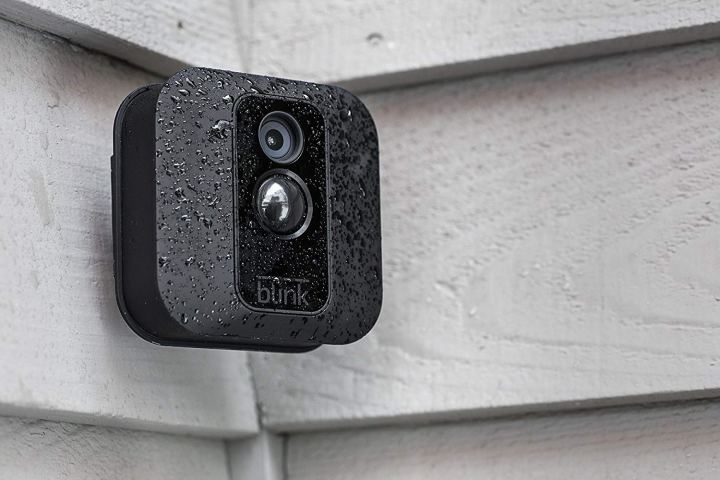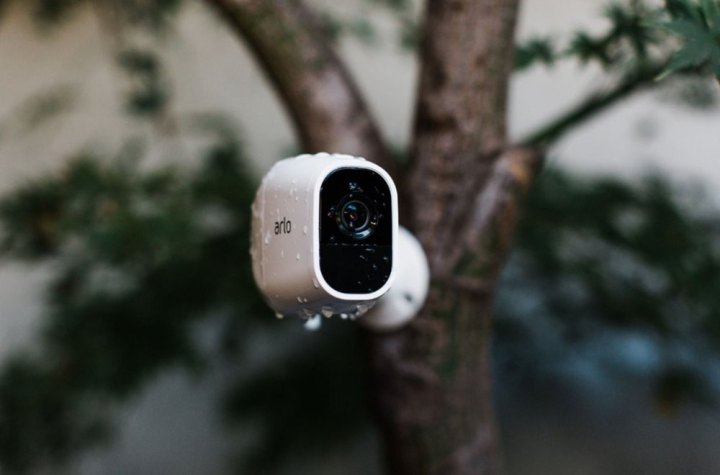Security cameras have proven to be great deterrents, forcing would-be robbers to second-guess their devious acts. Despite this, some are brazen enough to go forward, which is why you should think about proper security camera placement. A well-placed camera will have a great field of view and be located in a place that makes the camera difficult to tamper with.
Here’s an in-depth look at how to properly place security cameras around your home, ensuring you have eyes on everything that matters.
Facing entrances to the home

Entrances are the first and most important places to strategically position your camera. Porch pirates and potential robbers will be dissuaded from committing crimes because they know they’re going to be detected and recorded. However, you don’t want to position them at eye level, because that will put them at risk.
The better solution is to hoist them up on a wall, typically at around 9 feet from the ground, so thieves won’t be able to access them. If you don’t have a porch that would allow for a direct line of sight to the front or rear doors, then consider fastening them at the corners of your home. They’ll be high enough and will record any activity at those entrances, without the fear of them being taken down.
Hanging off nearby trees/branches

For this next one, you’ll want to invest in a security camera that has substantial protection against the elements and is battery-powered. That’s because it’s unlikely you’ll have a power source near trees surrounding your home’s property. In order to attach them to a tree or branch, you may be required to install an adapter that will allow the security camera to remain fastened to them.
The Arlo Essential XL Gen 2 is a great option, as it offers color night vision, a 130-degree viewing angle, and is rated to last up to 16 months.
What’s important here is that the placement will cover a wider area of a home/property, which is especially useful because first-floor windows tend to be of interest. Instead of having a camera facing a single set of windows, positioning it farther out on a tree or branch will cover the entire front side of the home.
If you do use this placement option, however, you should also have a camera near a door in a place that is visible but difficult to access. Security cameras are only useful as a deterrent if would-be criminals can see them. If they can’t, they may make an attempt without knowing they are being recorded. While you’ll catch the criminal in the act, you’ll still have to deal with calling the police, and the criminal may swipe some items before beating a retreat. It’s better to prevent your home from becoming a target in the first place.
Corners of interior rooms

Once inside a home, it would be simple for any burglar to snag your indoor security cameras if they’re placed on a desk or tabletop. At that point, they’re screaming to be taken.
Instead, position them high in the corners of rooms. Not only will your security cameras have a better vantage point, but they’ll be perched high enough to thwart easy attempts to steal or disable the camera.
Those concerned about privacy won’t be as inclined to potentially risk their privacy, especially considering all the news about security cameras being hacked, but there’s still a workaround. Adjust them so that common areas aren’t in plain view — like the middle of your living room or dining area. Instead, position them to focus only on key areas, such as a front or back door, hallways, or major first-floor windows.
If you do decide to place them on a countertop or table, do your best to blend them in with their surroundings. A camera tucked in with other decorations is less likely to be noticed than one out in the open.
Outdoor play areas
Children require constant supervision. ADT introduced its line of Blue by ADT security products in 2020, noting the importance of cameras to supervise children as people find themselves with less access to daycare. One solution perfect for this is the Blue by ADT Outdoor Camera.
Aiming your security cameras toward outdoor play areas around your home, such as a nearby swing set or jungle gym, would do nicely to provide additional peace of mind. Not only will you be able to oversee your kids’ outdoor activities, but security cameras will be able to prompt you via notifications to your phone whenever a motion event is triggered.
Security camera placement: Reach for the sky
You’ll notice repetition in these recommendations. The goal is simple and remains consistent both indoors and outdoors. You’ll want to place cameras in a location that makes the camera difficult to tamper with. In most cases, that means placing the camera in the highest position possible.
Remember that the real goal is deterrence. Criminals need to see your cameras and understand there’s no way to move past them without being noticed. That means your camera shouldn’t be too hard to see, but it should be difficult to tamper with, and the camera should obviously monitor key access points.
Editors' Recommendations
- Best security camera deals: Ring, Arlo, Blink and more on sale
- Blink Mini 2 vs. Wyze Cam v4: Which is the better budget security camera?
- Ring is launching its first integrated pan-tilt security camera later this year
- Blink Mini 2 vs. Ring Stick Up Cam Pro: Which is the best security camera?
- How to fix the most common Blink Mini 2 problems



